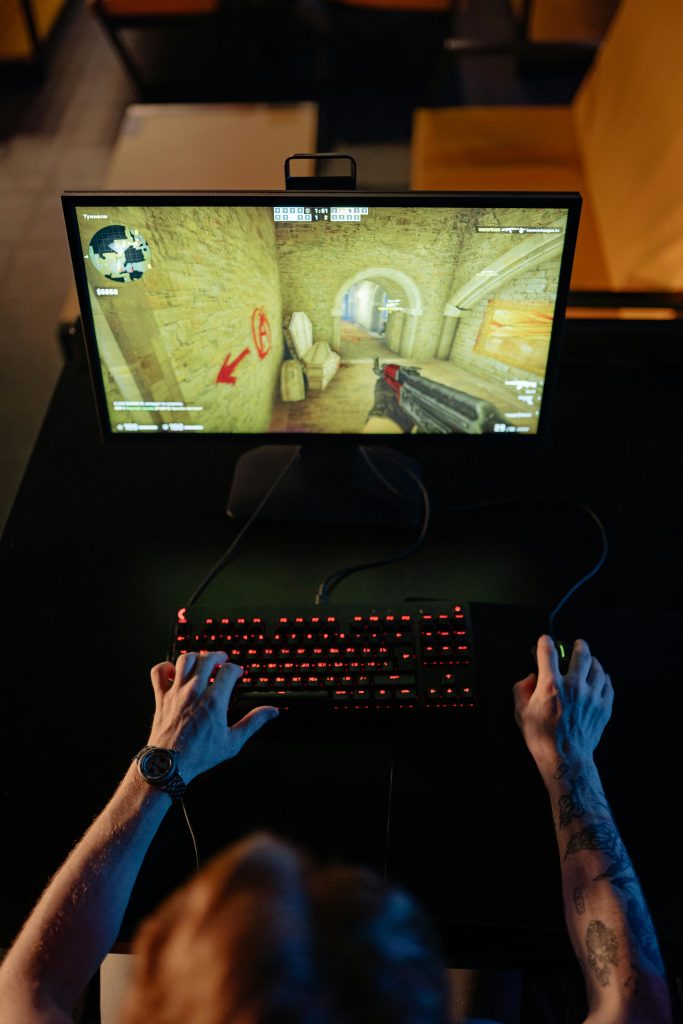Understanding and Troubleshooting a Laptop That Shuts Down When Moved Away from Charger
Many laptop users experience unpredictable shutdowns related to power issues, especially when dealing with aging or finicky batteries and chargers. Recently, some users have observed a specific behavior where their laptop powers off unexpectedly when moved a certain distance from its charger—particularly when placed on a bed or similar soft surface. This article explores potential causes for this phenomenon and offers practical troubleshooting steps to help you address the issue without immediate hardware replacements.
Recognizing the Behavior
In some cases, users note that their laptops will turn off abruptly when moved away from the charging source. Interestingly, during such incidents, the device may display that it is still charging, even though it has powered down. Unlike earlier instances where the laptop remained off for hours or days, the current behavior allows for immediate restart, indicating a possible change in the underlying issue.
Common Causes
-
Loose or Faulty Charging Hardware:
If the charger or power connector is worn out or not making a proper connection, movement can interrupt power flow, causing sudden shutdowns. -
Battery Health Degradation:
A deteriorated battery may cause unstable power supply, leading to shutdowns when the device relies solely on battery power during movement. -
Electrical or Connection Interference:
Moving the laptop might disturb internal connections or cause fluctuations in power supply, especially if certain components are loose or damaged. -
Software or Firmware Issues:
System errors or outdated firmware can sometimes contribute to power management anomalies.
Troubleshooting Steps
-
Inspect the Charging Hardware:
Check the charger, cable, and port for visible damage or wear. If possible, test with a different compatible charger or cable to determine if the problem persists. -
Evaluate Battery Health:
- Use system diagnostic tools or third-party applications to assess battery capacity and health status.
- Windows users can access battery report via Command Prompt with the command:
powercfg /batteryreport. -
Mac users can check battery condition in System Information.
-
Update System Firmware and Drivers:
Ensure your BIOS, firmware, and device drivers are up to date, as updates can resolve known power management issues. -
Adjust Power Settings:
-
Reduce maximum processor state or modify sleep and hibernate settings to see if stability improves.
-
Physical Inspection:
- Check for loose internal connections if comfortable opening the device, or seek professional servicing if unsure.
6
Share this content:



